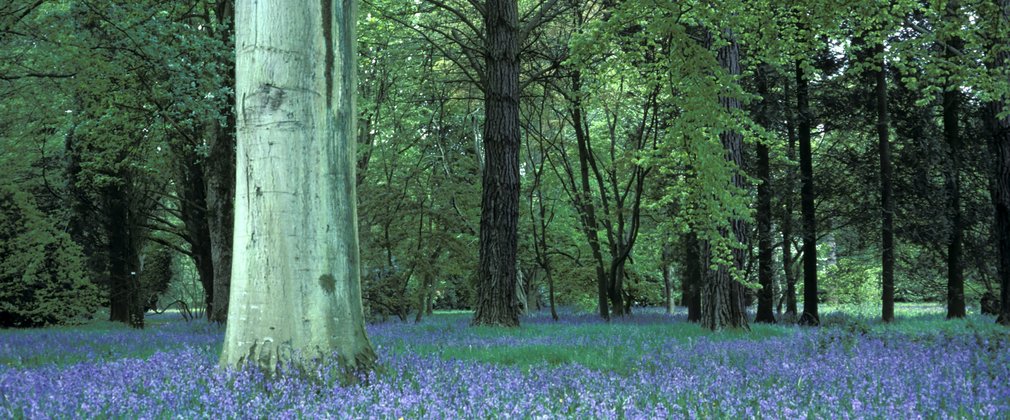
A spring to remember
Spring is the season of new beginnings and this seems more poignant than ever this year.
After a long winter for many, the days are now getting longer and it feels like all the people, animals, insects and plants alike are bubbling in anticipation of sunnier days ahead.
Whether you’re able to visit a local woodland, or simply exploring from your doorstep Forestry England has created a spotter’s guide to help you celebrate spring in all its glory.
Colour
After the long, dark winter months the first blooms of spring are a welcome sight.
As forest floors and gardens burst into life, there are plenty of colours to feast for your eyes. In early spring the wood anemones can be stunning. They are such a cheerful flower, turning their heads to follow the spring sunshine. And we must not forget the iconic bluebell. The small but beautiful flower creates fantastic carpets of blue in our forests, along verges, in parks and maybe even your garden.
First bud burst
As winter ends the tiny buds made by trees during the late summer are now beginning to swell and grow. One minute, trees and hedges look brown and dead, the next day, they burst into life. Look out for elder trees; their dark red buds are one of the first to burst open. Other trees such as oaks and elms prolong their bud burst to protect against sudden drops of temperature early on. The new leaves soon spread into a thick canopy, soaking up the new spring sunshine.
Pond dipping
Once frogs and toads have shaken off the winter blues and eaten their fill, they’ll start making spawn. The best time to spot spawn is from April to June and there is always an interesting variety of hidden life to be found in ponds. Frog spawn is in large clumps like bubbles in a bubble bath, whereas toad spawn is always in a line like a chain – but make sure not to disturb those eggs!
Birdsong
The sound of birdsong is one of the first welcome signs that spring has sprung. Our trees, hedgerows and gardens are once again noisy with the warbling and calling of birds. Cuckoos, chiff-chaffs, swallows, and house-martins are tell-tale signs that spring is officially here!
Insects awakening
Bumblebees begin bumbling again in spring, and the queens emerge in March and April on the search for nectar. Butterflies are also out looking for pollen at this time of year – painted ladies, red admirals and tortoiseshells are fluttering about in woodlands, parks and gardens!
With the blossoming of trees, bumbling of bees and the noisy return of migratory birds, this time of year brings with it bundles of energy for the whole family to enjoy. As you head outside, whilst following government guidelines, see if you can spot the spectacular signs of growth and new beginnings that transform our forests this season. For lots more Spring activities and ideas to keep the whole family entertained, sign up to Forestry England’s newsletter.
Notes to Editor
1. Forestry England manages and cares for the nation’s 1,500 woods and forests, with over 235 million visits per year. As England’s largest land manager, we shape landscapes and are enhancing forests for people to enjoy, wildlife to flourish and businesses to grow. For more information visit forestryengland.uk. Forestry England is an agency of the Forestry Commission.
